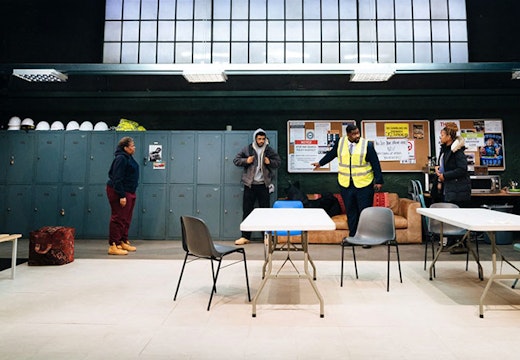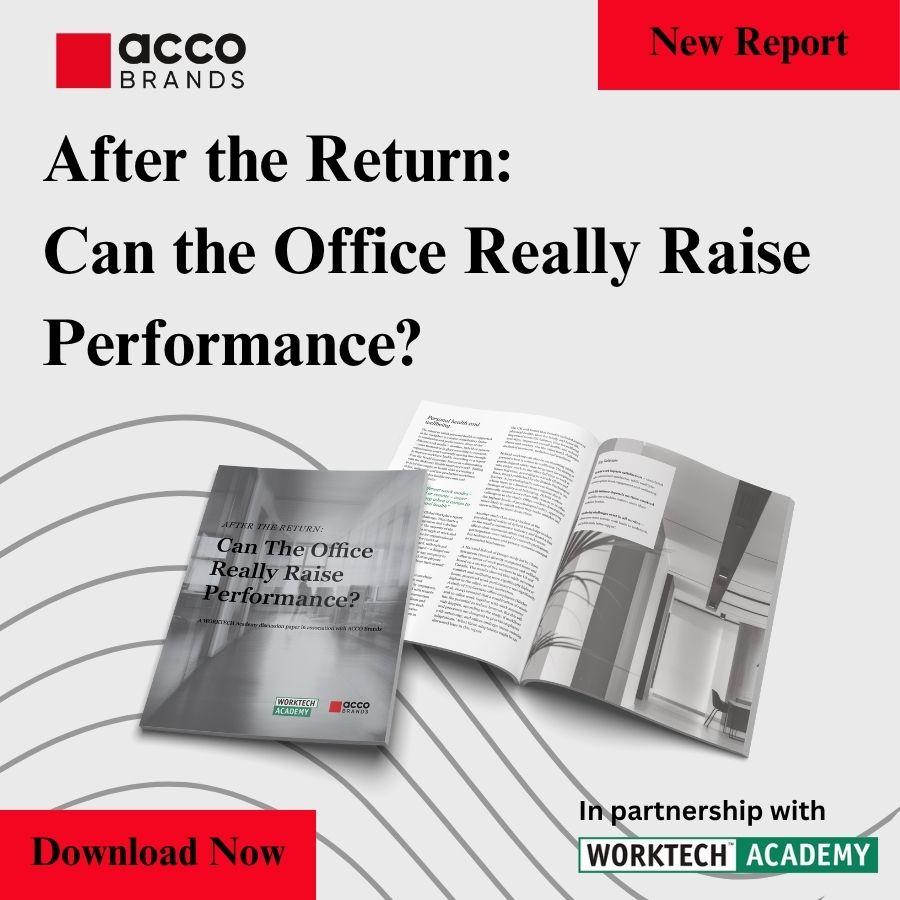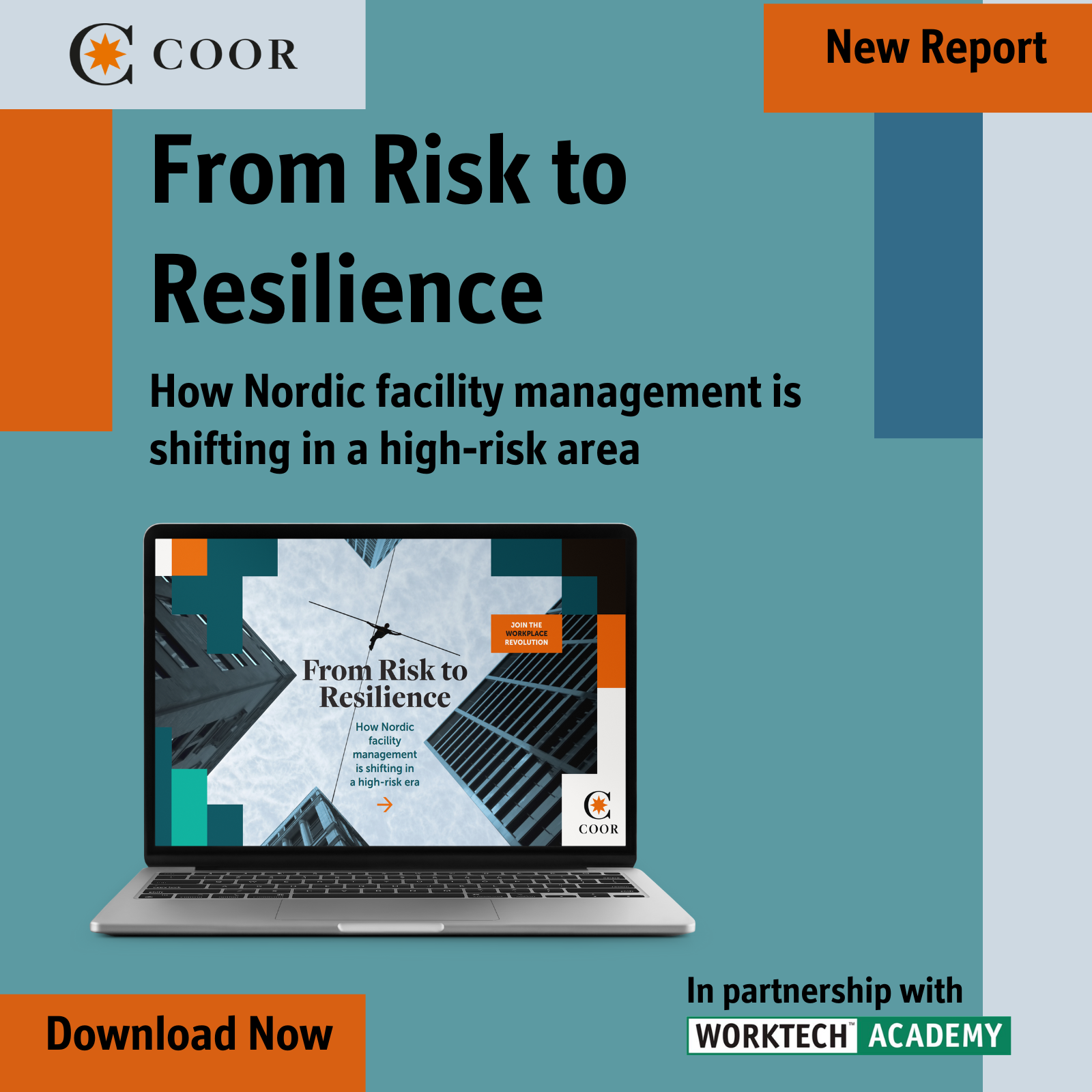interiors
Prosocial behaviour: design prompts that support citizenship
Work communities depend on people behaving in a civil way to each other. Research suggests that design can play a role in helping us get along – from use of plants, mirrors and scent to creating order
Why beauty in the workplace is in the mind of the beholder
Talking about aesthetics in the workplace can take up a lot of time. But neuroscience research suggests the effort will be worth it as a new study explores the value of balance, symmetry and harmony
Radical interior makeover for San Francisco’s most distinctive office tower
The iconic 1972 Transamerica Pyramid in the city’s financial district has grown in people’s affections over the years. Now its workspaces have been redesigned to be fit for the 21st century
Research suggests having a ‘home base’ at work is good for us
Do we really need a territory in the office that we can call our own? A new study reinforces the well-established idea that individuals and teams both benefit from having a home base
Why bringing back the rest room might just be your best idea
An award-winning drama set entirely in the break room of a Detroit car factory reminds us what is lost when private recovery spaces are stripped out of the modern workplace
Work interrupted: why not all distractions are bad for us
Creating work zones that actively encourage face-to-face interruptions could be a positive experience for employees, according to a new German research study which looked at the impact on exhaustion
Want to shift your culture? Workplace design can be a lever
A new Australian study confirms the findings of previous academic research – organisational culture is not fixed and can be adapted using the symbols and artefacts of workplace design
Standing up for change: why an active workplace makes a difference
Research shows that supporting people to be more active in the workplace brings health and productivity benefits to the organisation. Is it time to activate the office?












